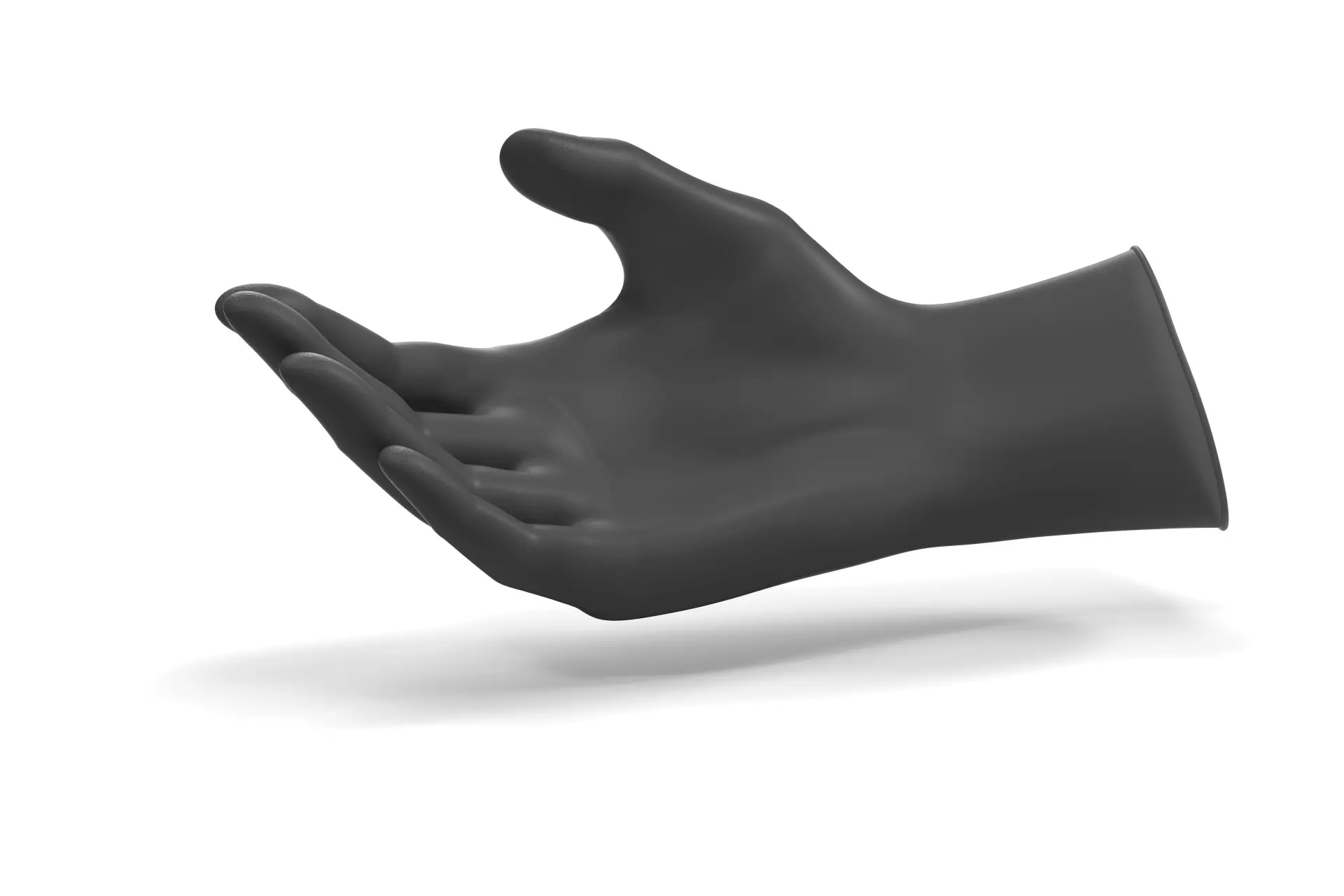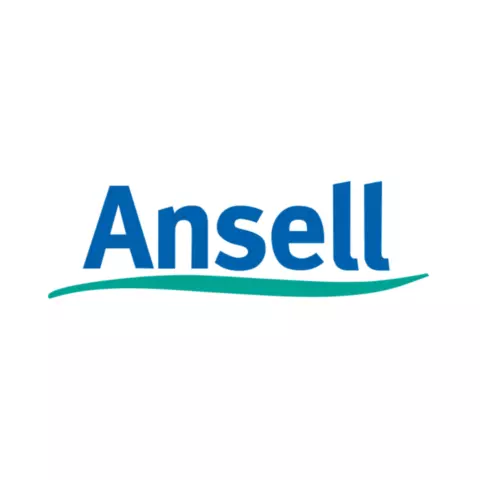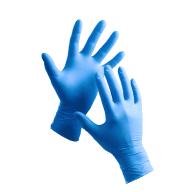MicroFlex MK Touch 93-732
4.9 / 5
Product description
Description
Elevated comfort: These thin, black nitrile medical exam gloves offer enhanced dexterity and tactility in a thin, yet strong design
Black nitrile: Distinctive black color provides contrast while also hiding the appearance of oils, bodily fluids and other stains
ERGOFORM™ Technology: ERGOFORM™ Ergonomic Design Technology reduces muscle strain during repetitive tasks, improving worker comfort and productivity
Optimized grip: Textured on the fingertips for secure handling of instruments and materials
Recommended for
General dentistry
Standard patient examinations
Emergency services
Catering/Meal preparation
General Purpose Auto Aftermarket
Equipment repair and maintenance
Laboratory analysis
Cosmetic Procedures
Tattoo
Product Details
Material: Nitrile
Not Made From Natural Rubber Latex: Yes
Color: Black
Cuff Length: Standard
Powder Content: Powder-Free
External Glove Surface: Textured Fingers
Freedom From Holes (Inspection Level I): 1.5 Aql
Palm Thickness (Mm/Mil): 0.07 / 2.8
Finger Thickness (Mm/Mil): 0.11 / 4.3
Allergy Prevention: Latex (Type I)
Available Sizes: Xs (5.5 - 6), S (6.5 - 7), M (7.5 - 8), L (8.5 - 9), Xl (9.5 - 10), Xxl (10.5 - 11)
Tested For Use With Chemotherapy Drugs: No
Silicone Free: No
Sterile: No
Antistatic: No
Double Gloving Recommendation: Yes, As Underglove
Glove Length (Mm/Inches): 245 / 9.6
Product Segmentation: High Touch
About Disposable Nitrile Gloves
Disposable Nitrile Gloves provide latex-free hand protection with superior chemical and puncture resistance. These single-use gloves offer excellent tactile sensitivity and a secure fit, making them ideal for healthcare, food service, cleaning, and industrial applications where hygiene and safety are essential.
- Chemical Resistance
- Food Service
- Medical Protection
- Antimicrobial Protection
- Radioactive Contamination
- Hand Protection
Standards and labels
Ansell delivery terms
Free delivery when you order more than 150,00 € from Ansell
Supplier shipping fee 4,74 €
Brand minimum 1 000,00 €
67,53 €
Price per 10 packages (1 000 pcs)
6,75 € / 100 pcs
Shipping fee is 4,74 € for orders under 150,00 €
A carton contains 10 packages (1 000 pieces)



